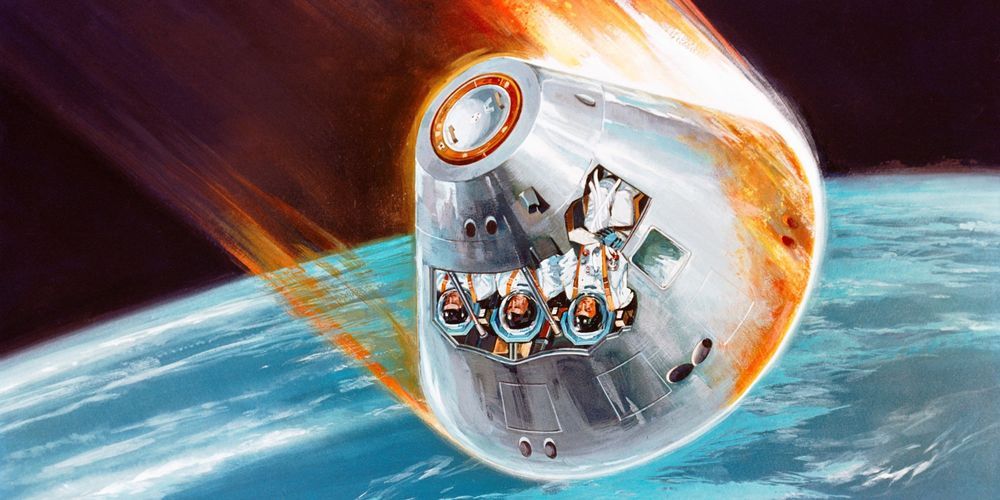NASA wants to send astronauts back to the moon by 2024. What if we stayed and settled on the Moon this time?
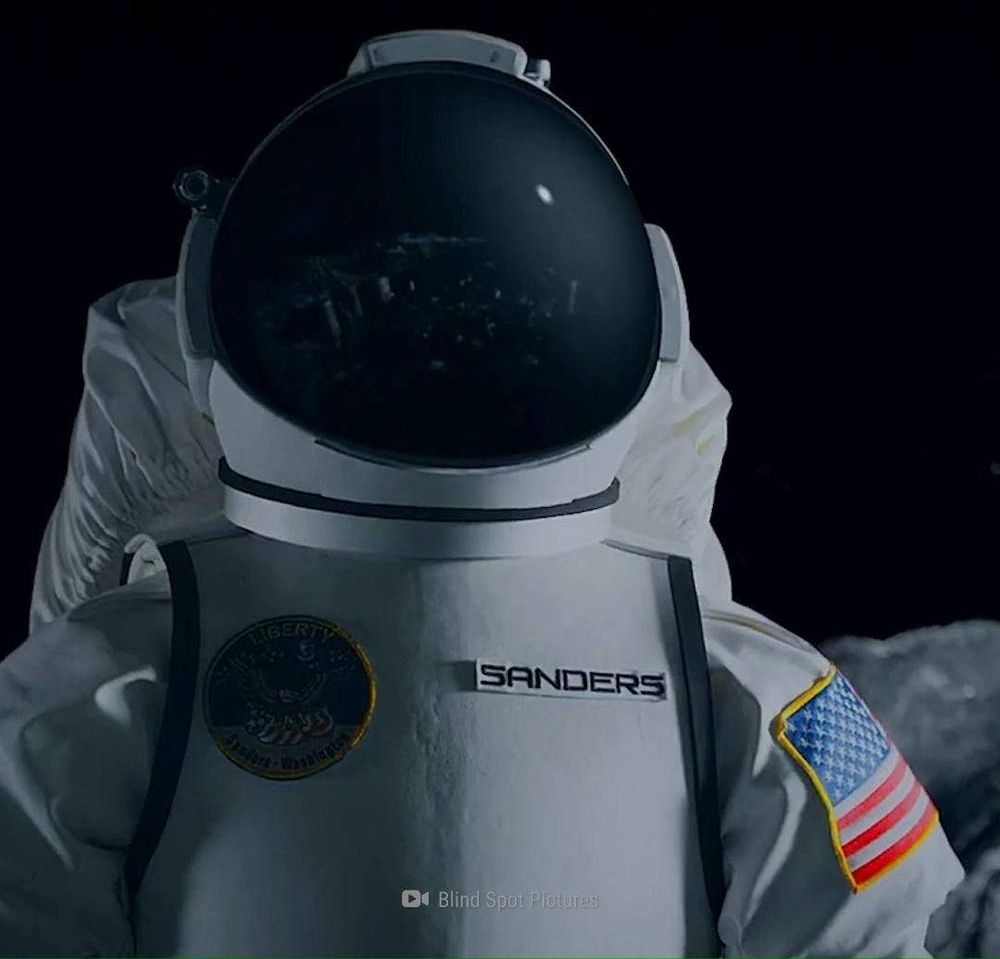

NASA wants to send astronauts back to the moon by 2024. What if we stayed and settled on the Moon this time?
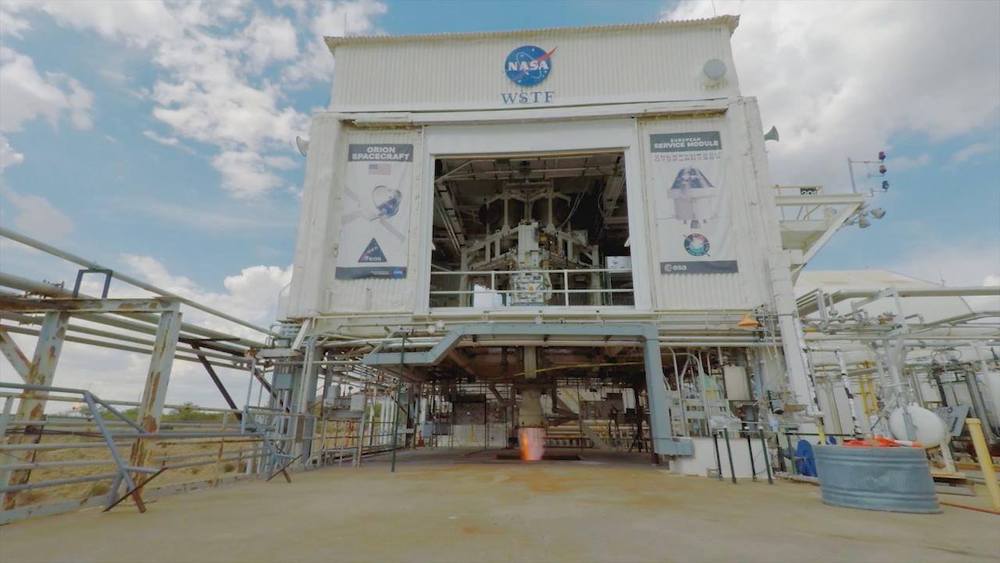
This week:



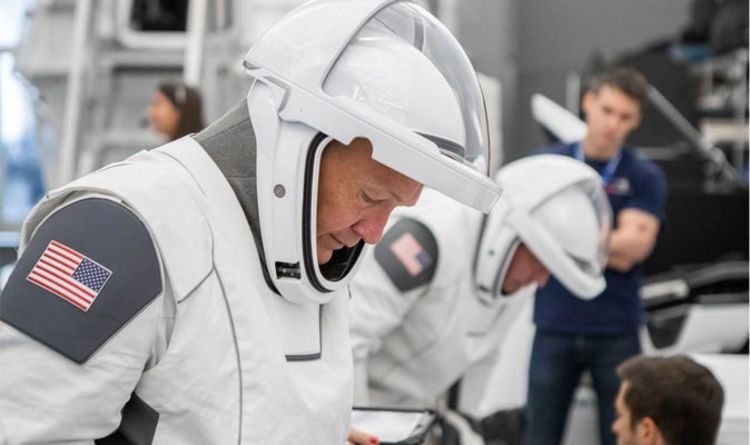
NASA’s two astronauts will one day fly to the International Space Station (ISS) onboard a SpaceX Crew Dragon capsule. The SpaceX spacecraft is a modified version of the Cargo Dragon capsule, the rocket manufacturer uses to deliver supplies to the ISS. Developed for NASA’s Commercial Crew Programme, part of SpaceX’s launch package includes sleek and futuristic spacesuits. But before NASA’s astronauts can take the Dragon into space, the two men had to go through a dress rehearsal of launch day operations.
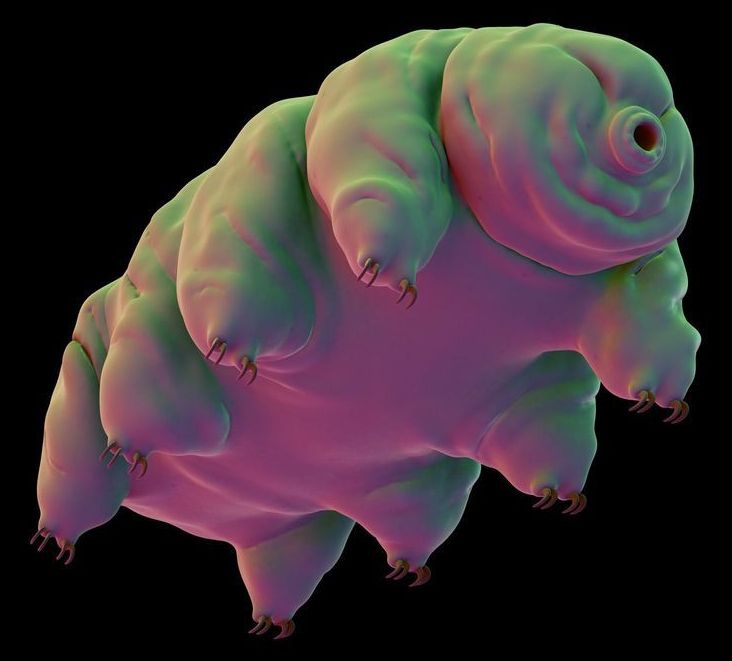
The tardigrades were part of a “lunar library” that Spivack’s foundation had put together. According to Wired, the package was about the size of a DVD and contained human DNA—including Spivack’s own—as well as 30 million pages of information on mankind’s knowledge and thousands of dehydrated tardigrades.
Tardigrades are known as one of the toughest creatures on Earth. They are microscopic, measuring about 0.012 to 0.020 inches in length, and can withstand temperatures of up to 304 degrees Fahrenheit and can survive being frozen alive. One tardigrade is known to have survived being frozen for 30 years. They can also live without water for up to a decade by shriveling up and placing themselves in a state of suspended animation—a trait DARPA is currently studying in the hope of preserving soldiers injured on the battlefield.

(CNN)You’ve heard of men on the moon — but what about moss piglets?
Source: https://www.cnn.com/2019/08/07/world/water-bear-space-intl-scli-scn/index.html
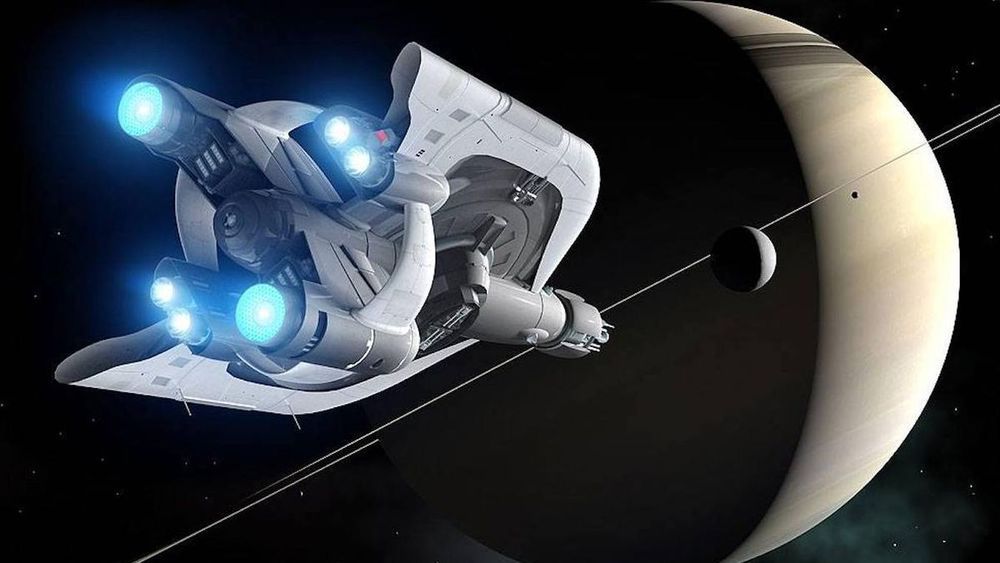
My regular readers appreciate the fact that NASA is partnering with a number of commercial space businesses to permanently expand the human frontier into cis-Lunar space. While $20 billion in federal funding drives NASA’s amazing programs, the agency doesn’t get that money without strong public support. NASA has also long been supported by the National Space Society, a group founded by Werner von Braun. I’m proud to represent NSS as their Vice President of Space Development and to have chaired their International Space Development Conference this year. I’m also a huge fan of the Moon Village Association, which is helping to pave an international path for lunar settlement. The Southern California Commercial Spaceflight Initiative, which I direct at USC, hosted both those groups in a fantastic event last year. I’m excited to note that we will bring in the Mars Society this fall. That organization, founded by Robert Zubrin, leads the push for our next step, colonizing the Red Planet. You may however, be less familiar with the small group of aspirational space visionaries already working on conquering the stars, or with Tau Zero, the foundation dedicated to achieving that most audacious goal.
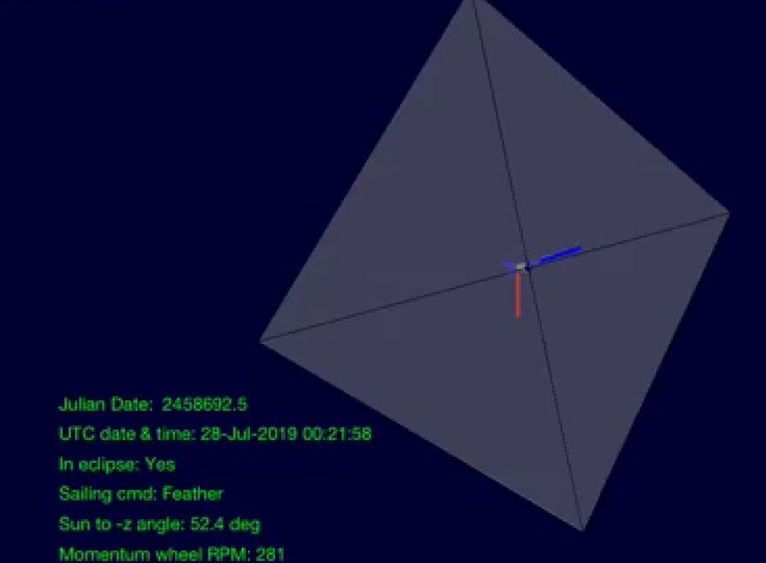
The Planetary Society’s LightSail 2 spacecraft is continuing to sail on sunlight in Earth orbit. The high point, or apogee of the spacecraft’s orbit around the Earth was 729 kilometers on Monday, 5 August—an increase of 3.2 kilometers since sail deployment on 23 July. The spacecraft has also captured a few new images, which are available on our raw image downlink page.
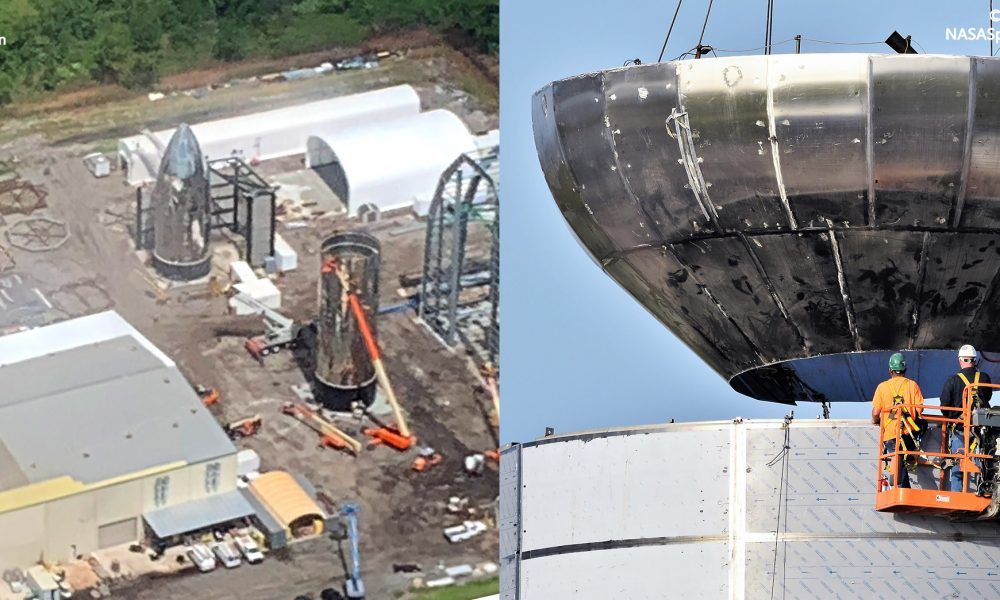
In the last week alone, SpaceX’s twin orbital Starship prototypes have made some truly jaw-dropping progress. Onlookers have witnessed Florida’s Starship push through a rapid growth spurt, while the company’s Texas team has begun to install propellant tank bulkheads and work on a triple-Raptor thrust structure.
Meanwhile, SpaceX CEO Elon Musk has suggested that one or both of the orbital-class Starship prototypes could be “almost ready to fly” by August 24th, the date of the CEO’s next official update on Starship (formerly BFR and ITS). Although the actual challenge of building a massive, orbital-class launch vehicle is far subtler than the visible steelwork needed to build its primary structure and pressure vessels, the veritable leaps forward made in both Texas and Florida in the last 7–10 days are extremely encouraging signs.
Starting off in Boca Chica, Texas, SpaceX’s team of engineers and technicians have been simultaneously handling Starhopper’s first untethered flight test (completed on July 25th) and building the facility’s orbital-class Starship prototype. Most significantly, after a few days of preparation, what is likely the Texas Starship’s first bulkhead was lowered inside its ~25m-tall (80 ft) barrel section, composed of the spacecraft’s propulsion section and propellant tanks.
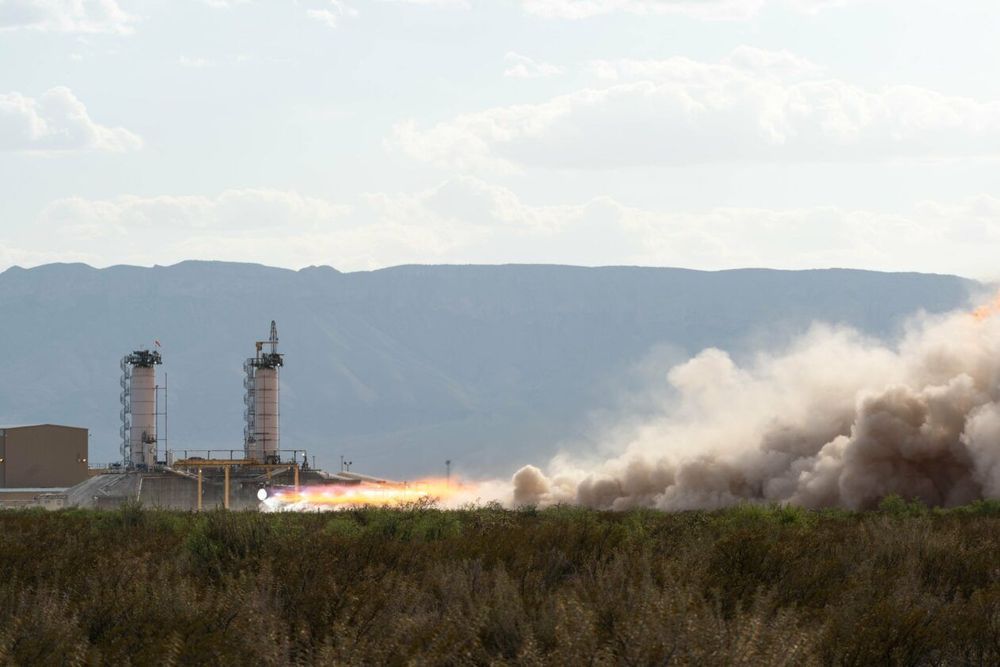
Amazon billionaire Jeff Bezos is showing off a picture of his Blue Origin space venture’s BE-4 rocket engine going full blast during a hot-fire test in Texas.
“BE-4 continues to rack up time on the test stand,” Bezos said in an Instagram post accompanied by a picture of today’s full-power engine test.
